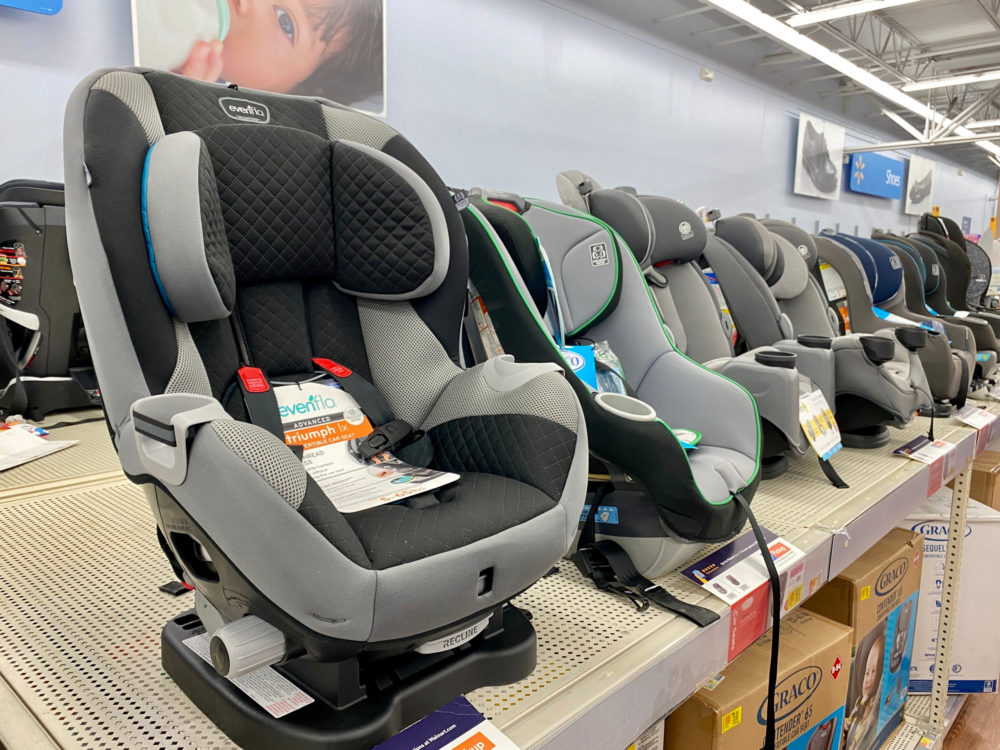NHTSA Urges Correct Use Of Car Seats For Child Passenger Safety Week

Federal highway safety officials have kicked off their annual campaign to raise awareness of car safety for children by highlighting the importance of a properly installed and sized car seat and booster seat.
The U.S. National Highway Traffic Safety Administration (NHTSA) launched its Child Passenger Safety Week campaign on September 20, urging all parents and caregivers to ensure their vehicles car seats and booster seats are sized according to the weight of the child, and are properly installed.
The campaign is set to run nationwide through September 26, as part of the annual effort to mitigate preventable injuries to children.

Did You Know?
Millions of Philips CPAP Machines Recalled
Philips DreamStation, CPAP and BiPAP machines sold in recent years may pose a risk of cancer, lung damage and other injuries.
Learn MoreAutomobile accidents are a leading cause of death among children in the United States. In 2017, at least 675 children 12 years old and younger died as occupants in motor vehicle crashes, with nearly 116,000 suffering injuries.
Officials warn an estimated 46% of car seats and booster seats currently being used in passenger vehicles are installed incorrectly, or are not sized appropriately for the child’s weight, which could significantly reduce their effectiveness.
When used correctly, car seats reduce the risk for injury in a crash by an estimated 71%-82% for children, when compared with seat belt use alone. Booster seat use reduces the risk for serious injury by an estimated 45% for children between four and eight years of age, when compared with seat belt use alone.
As part of the national campaign, certified Child Passenger Safety Technicians will be stationed in certain communities to provide free education and training on how to choose the right car seat for a child, install the seat correctly, and buckle a child in the seat correctly every time.
In addition to car seat safety training, officials will also be spreading awareness of the risks associated with leaving children in hot cars, which accounted for a record 53 fatalities in 2018, and 52 deaths in 2019.
Although temperatures are beginning to cool down as the winter months approach, past studies have found internal vehicle temperatures can reach over 100 degrees within an hour, even when the outside temperatures in the low 60’s.
Individuals can suffer heat strokes when the internal temperature of a car reaches a certain point. Heat strokes are a condition which is caused by the body’s overheating, typically due to a prolonged exposure to high temperatures.
Young children are at the highest risk of suffering car heat stroke symptoms, especially babies who lack the ability to efficiently regulate their body temperature. The threshold for heat stroke in children is when their internal body temperature reached about 104 degrees, and at 107 degrees the child is at serious risk of death.
According to NHTSA officials, heat stroke is the leading cause of death in vehicles, excluding crashes, for children under 14 years of age. On average since 1998, 37 children have died each year in the United States due to vehicular heat stroke.
Amidthe ongoing COVID-19 pandemic, agency officials indicated that virtual seat checks and learning material can be found online.
Want a weekly update on top lawsuits, recalls & warnings?
"*" indicates required fields





0 Comments